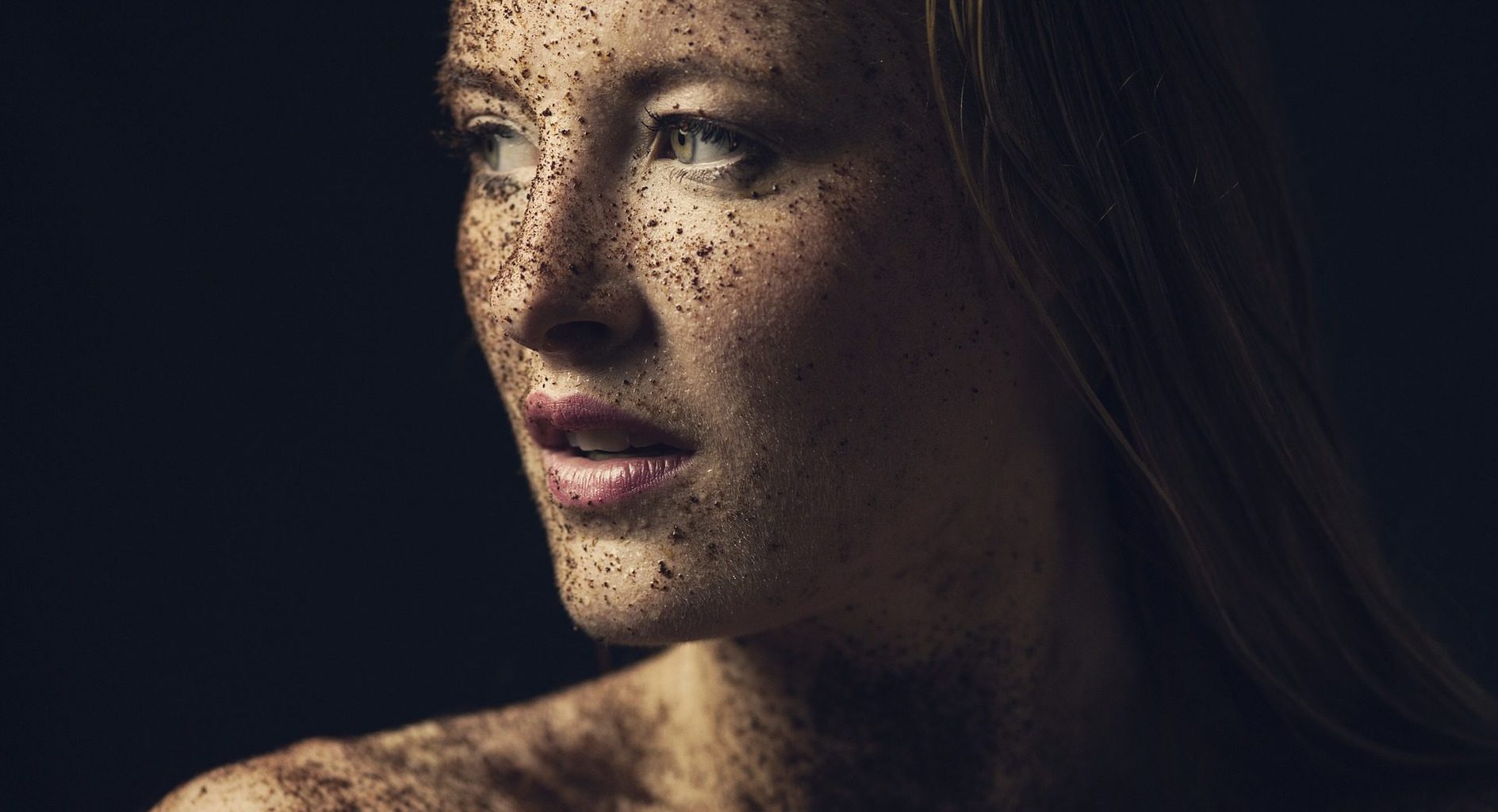One of the most frustrating things for a photographer who loves portraits (let’s not kid ourselves, we’re almost all at some point in our lives) is wanting but not being able to, not knowing, not daring and watching the opportunity disappear in the face of our astonishments. Look.
How many times have you missed a wonderful opportunity because of shame?How many times do you feel like you’ve rushed or lost the essence of the person along the way?Have you ever felt that you were too far away, that smile was too forced, anyway, that it wasn’t what you wanted to show?
- How many times between you and me.
- Dozen? Hundreds??! Does it seem like the time has come for a solution?If you follow me.
- I’ll give you some tips to try to solve this crossroads.
- What it will be and what won’t be able to.
- This quest and what not to find ?.
There are many reasons why a portrait may fail but, for me, the worst, much worse than a failure of technique, exposure or even composition, is that the portrait is just a paper face (or on a screen).
That is, our portrait does not speak, it says nothing, it does not transmit an emotion, a situation, a feeling, something, whether this beautiful or ugly person or not, young or adult, the portraits must speak (cry if necessary), they must be explicit, they must move us in a certain way. This is the key to a portrait and, for me, the hardest part.
Think about it, when you stand in front of a portrait where you say buah or uala, or wow, or whatever you say when something leaves you breathless, it’s because that portrait goes further, says something else, shakes you, catches up with you. .
And now you’re going to tell me, okay, I want to do this, I want to shake the one who looks at the photo, I want to join him, I want to make my own way of seeing the world for a few moments, but I don’t know where to start.
Well, you’re not alone (not even alone) in battle, because getting it is up to you, but also on the person in front of you, and that’s where you’re already nervous (or nervous?) And that’s where we go. with the title of this section and that will summarize all the tips I can give you then empathy is your best asset and not only that, it’s the only way to achieve it.
Because a portrait also talks about you and the person in front of you, and if you can both move in the same direction, with the same goal, you already have half the work done.
And you’ll tell me it’s okay, sympathy, but how do I deal with this person I don’t know at all and have to start photographing in a few minutes?
Very easy, to photograph someone, first you have to know them, and by that I don’t mean that you can only photograph your brother or your mother, I mean you have to discover even if it’s some traits of that person, spend a few moments to get an idea of who he is, what he wants, what he likes. Photographing someone without knowing them at all is not a good idea in portrait photography.
Many forced portraits occur because we have not been able to connect with our model, it can be because of our own shyness and insecurity, or because we have not managed to break our model with our own shame or suspicion.
It’s normal for you to get nervous about a portrait session, portraiture is not easy, eyes are ephemeral and there are so many aspects beyond our control, we work with people, not objects, so there are many aspects to control.
You’re certainly not the only one who’s nervous about a portrait, so don’t forget the magic word: empathy, that is, put yourself in its place:
Be patient, very much and flexible. Sometimes things don’t go as we expected, sometimes even better. Inspiration often works, believe me. A million times I had an idea in my head that in the end it didn’t work out, but in pursuing this initial idea, I proposed an even better one, the goal is to persevere and not give up, set achievable goals and results and gradually. reach their milestones.
Have you ever been in any of these situations? In this case, I hope you find at least some ideas that are useful to you the next time you have to “face” a portrait. Oh, and don’t forget to share this article so more people can enjoy its content. Thank you so much for reading so far and so far?

